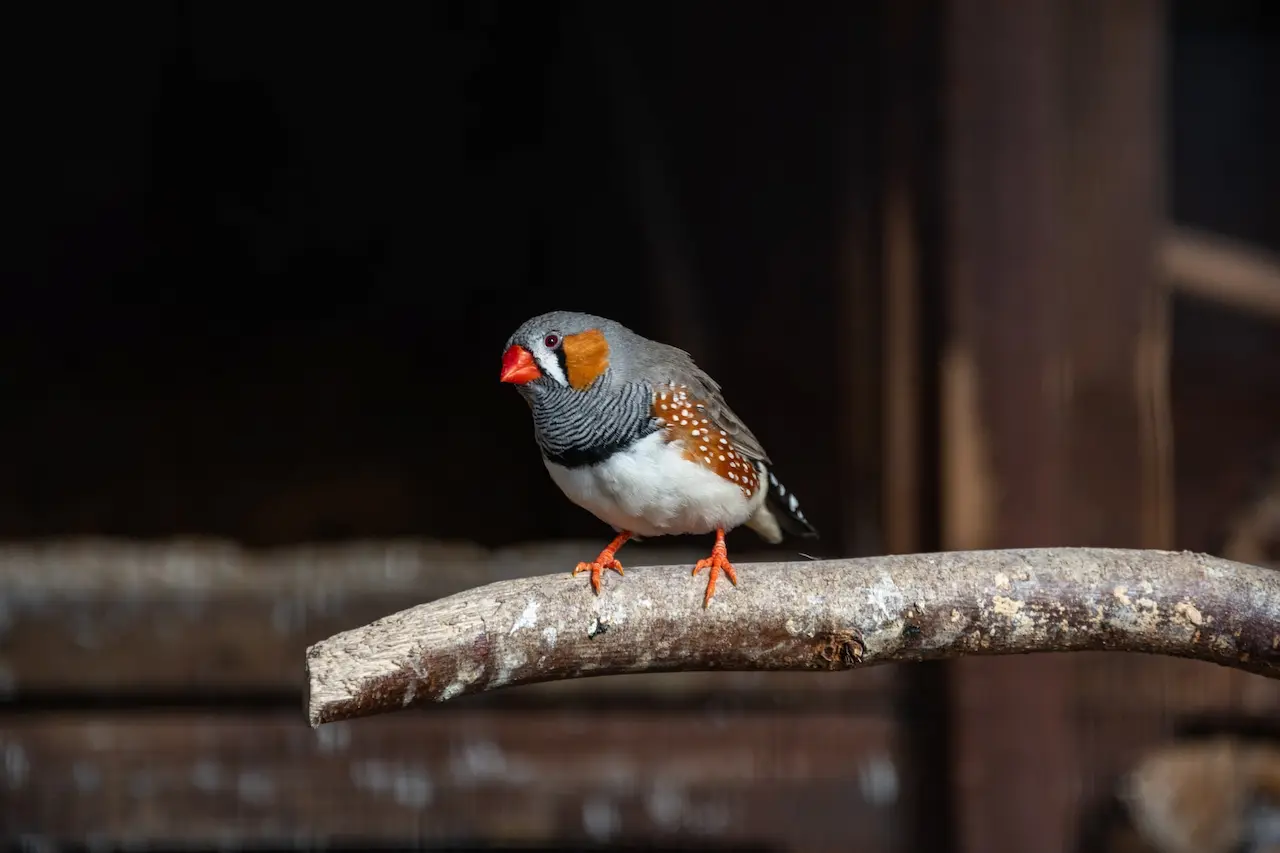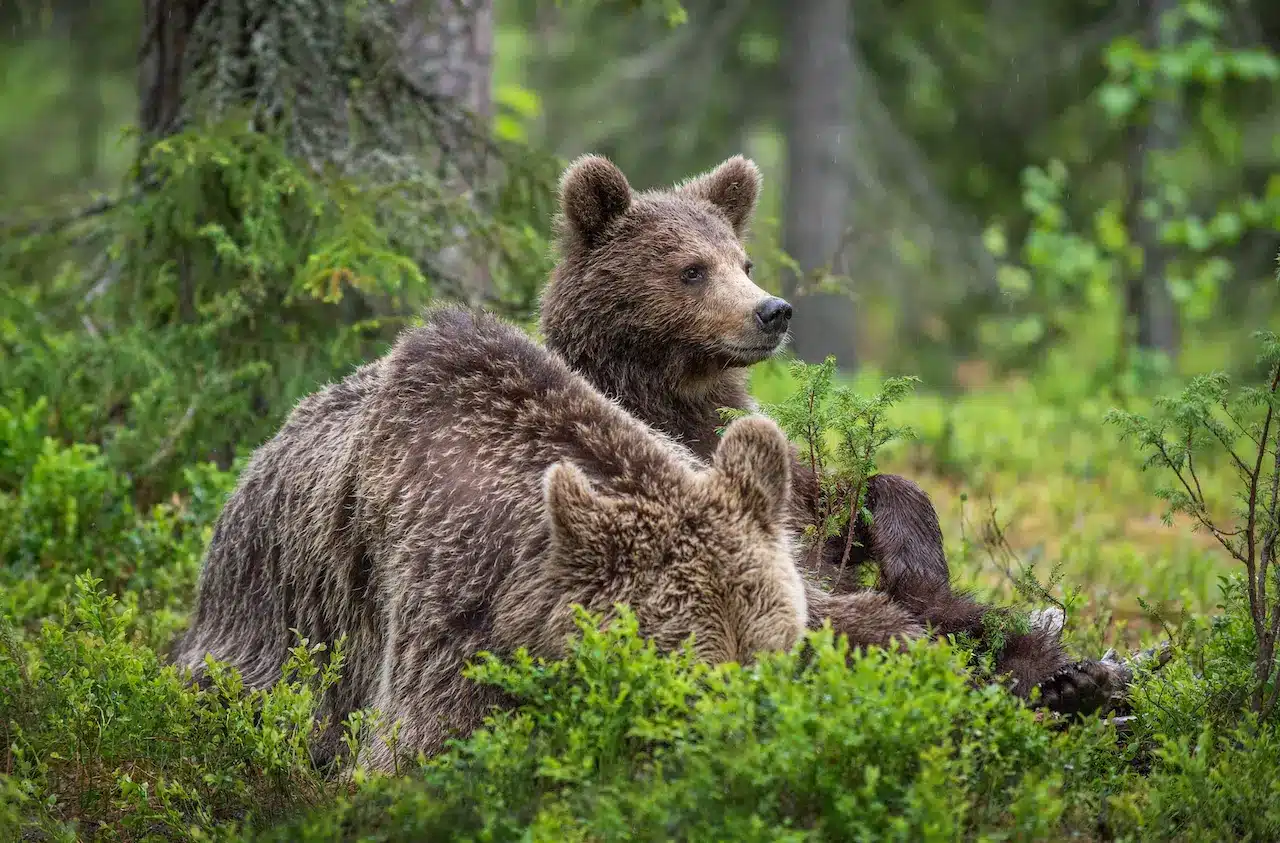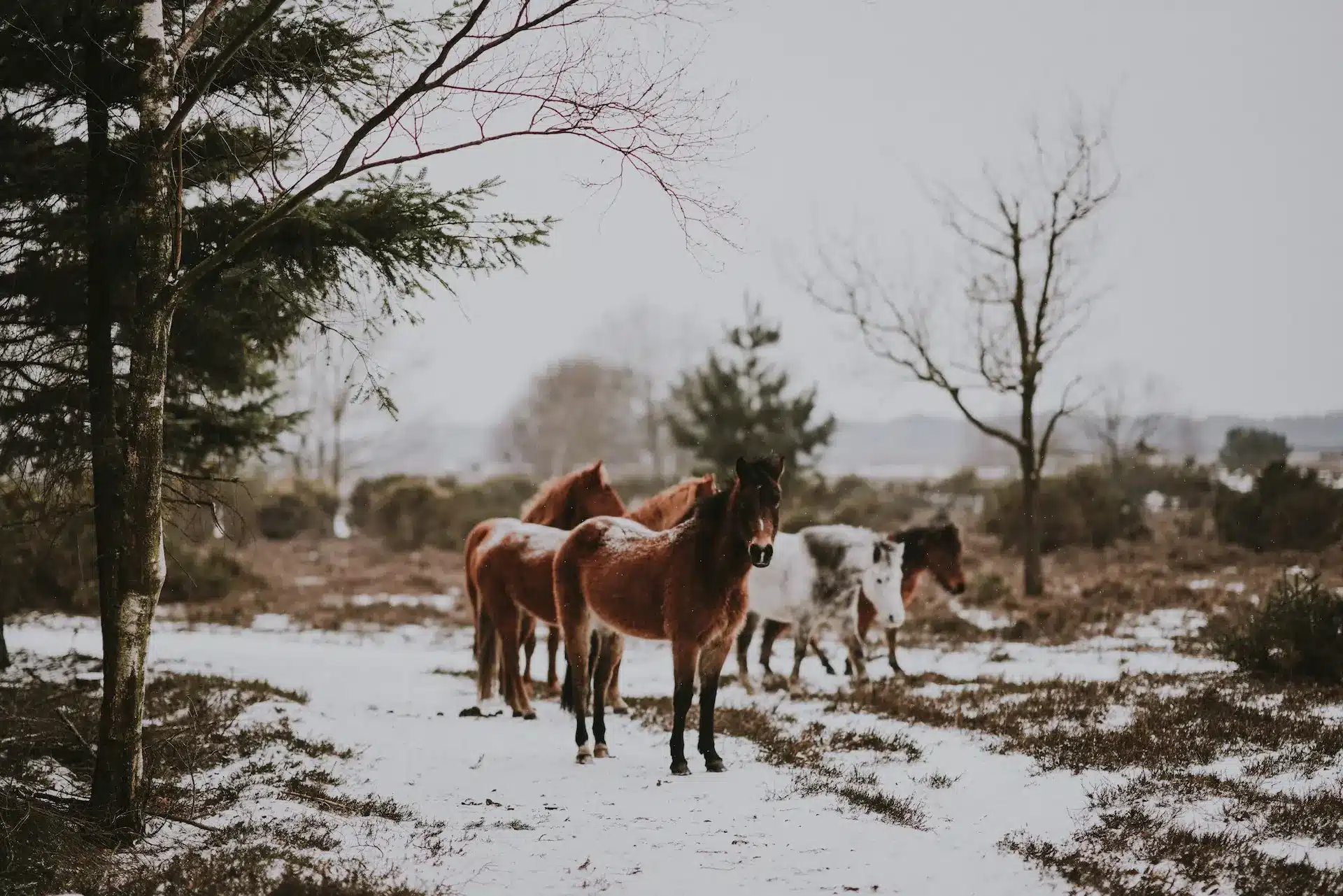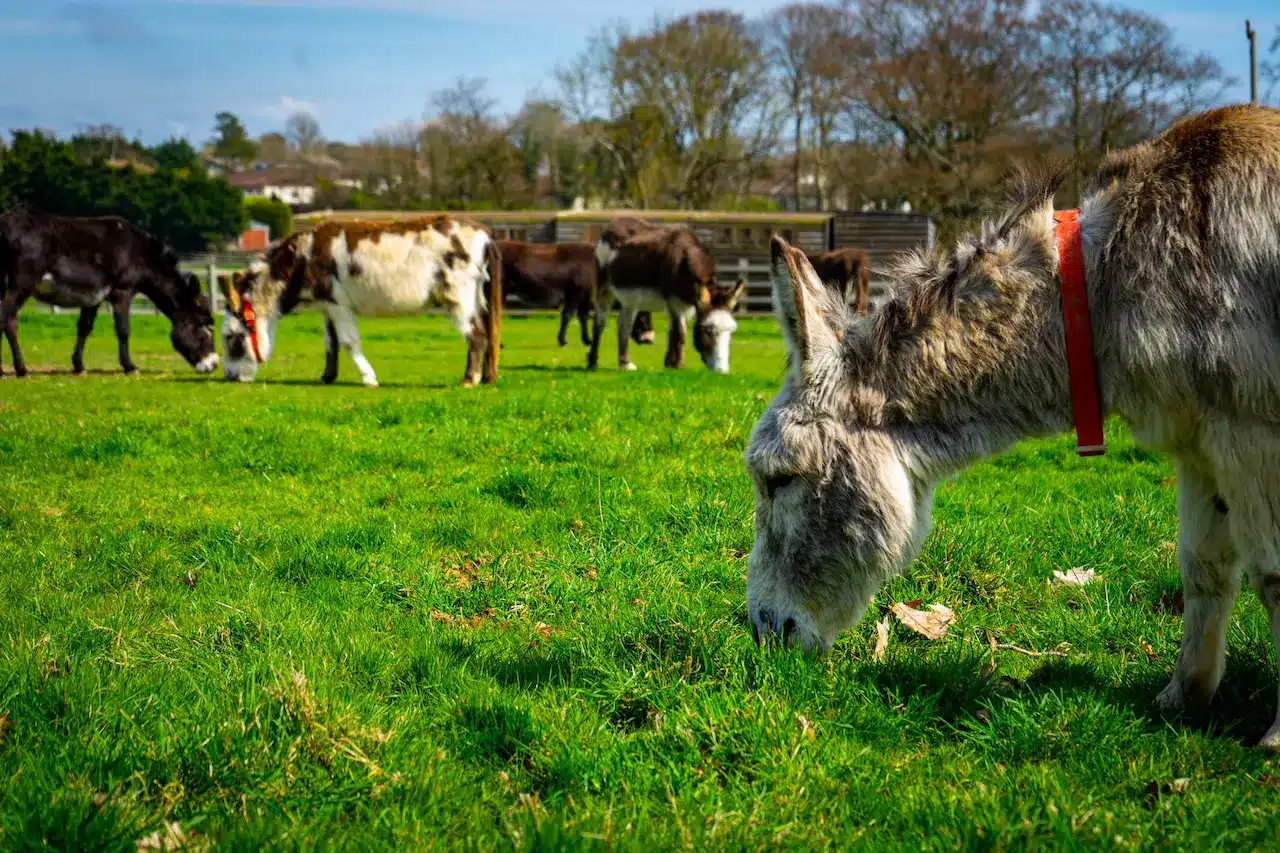
The New Forest National Park: A Capital for Wildlife
The New Forest National Park is home to a wide variety of endangered species, making it a “world capital” for wildlife. The unique landscape of this area is shaped by the grazing of horses, cattle, and pigs that are allowed to roam freely. Therefore, the New Forest is a haven for wildlife lovers with a wide diversity of species to spot, and its creatures are undoubtedly one of the National Park’s most fantastic attractions.
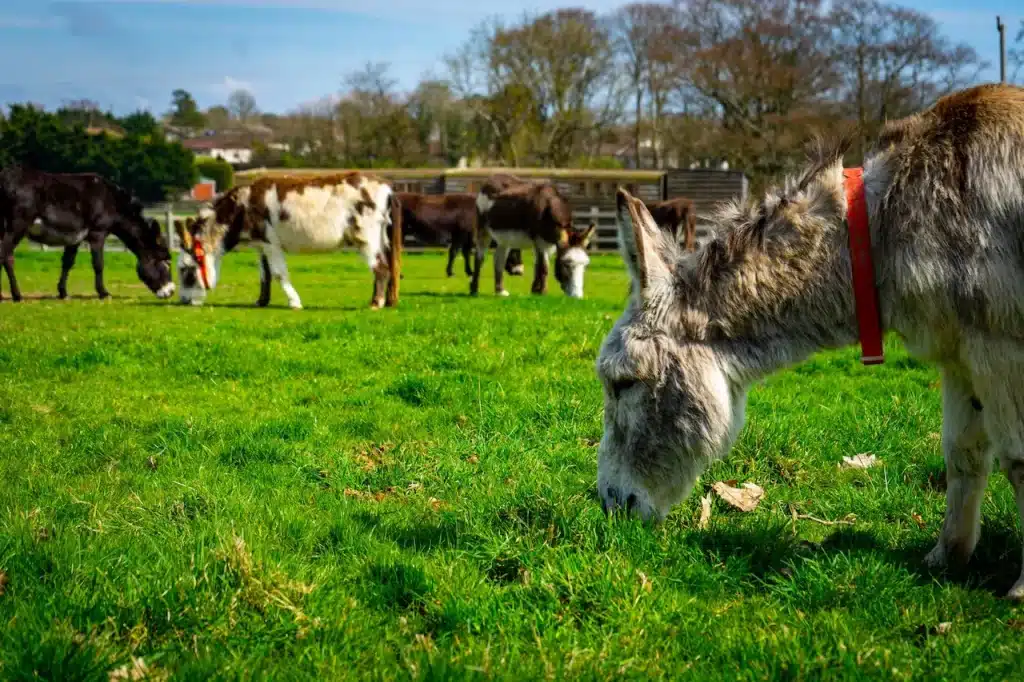
One of the reasons the New Forest was designated a national park in 2005 was its abundance of wildlife. Its diverse ecosystems provide a home to a wide variety of wildlife inside its borders. Due to the park’s abundance of species, much of it has been designated as a Special Area of Conservation.
There are many natural wonders to witness here, whether you want to spot various birds or watch moms tend to their young. The New National Forest is home to many magnificent animal species, some of which are listed below.
DEER
The New Forest has always been renowned for deer. The New Forest is home to five types of deer in the UK’s wild. These five types of deer are fallow, fed, sika, roe, and muntjac, and they can be found on Crown properties in the New Forest. Each species has slightly different breeding periods.
The New Forest is a great habitat for deer because they have a large area of undisturbed land. If you can’t see the deer themselves, keep an eye out for their footprints and droppings, which look like large raisins.
HEARTLAND BIRDS
The New Forest is particularly significant for heathland birds since it has some of the largest areas of heath in all of Europe. Rare and endangered species, including the nightjar, woodlark, Dartford warbler, and curlew, come to breed there. Heathland is good for these birds because of its open terrain, widely spread bushes, warm, dry environment, and abundance of insects.
They lay their eggs from March through to the end of the summer. Kindly help with their protection by keeping to the main trails and ensuring that dogs do the same; if necessary, use lead to prevent them from disrupting nests in the Forest.
REPTILES
All six native reptiles to the UK can be found in The Forest: sand lizards, adders, slow worms, grass snakes, smooth snakes, and common lizards.
As cold-blooded, dry-skinned animals, reptiles prefer to bask in warm, dry places with excellent surrounding cover so they may flee if a predator comes. The best habitats for them are open places with sandy soils that heat up quickly, which makes the New Forest with its heathlands an ideal location.
If you wish to spot a snake or lizard in its natural habitat, look on south-facing slopes, on logs, at the border of the scrub, and in areas with mature heather.
PIGS
Every autumn, the Commoners engage in a tradition known as Pannage that dates back to the period of William the Conqueror, who founded the New Forest. Pannage involves the pigs eating the fallen acorns and chestnuts before the ponies can because acorns and chestnuts harm ponies. Even pigs can be seen wandering the New Forest.
BATS
Bats are fascinating creatures that yet hold a lot of unsolved secrets. Bats make up about one-third of the native land animals in Britain. Most of the 16 different species of British bats may be found in the New Forest.
Of the 18 species of bats present in the UK, at least 14 can be found in the New Forest. Barbastelle, Bechstein’s, and larger horseshoe are among the rare species.
Although bats in the forest are widely spread, they do congregate to breed and often hibernate in communal roosts. Seasonal roosts shift, and at the end of the summer, the bats typically migrate to a different winter roost.
DONKEYS
Due to their hardiness and a high tolerance for the harsh winter weather, donkeys can be spotted throughout the year in the New Forest. Towns like Brockenhurst, Burley, and Beaulieu are where you’ll find them more frequently than on open heathland.
They are well-liked by tourists and prefer to graze on hedgerows.
BEETLES
The New Forest National Park is home to an astounding 2,600 species of beetles. These are saproxylic species, which only occasionally exist in old woodlands and depend on the microbial breakdown of dead woody tissues. Some beetles specialize in living in heathlands, while the majority reside in woods.
RABBITS
In the New Forest, rabbits are a common sight. They can be seen grazing on the wider open grasslands and the grassy road embankments. Although a myxomatosis outbreak in the 1950s reduced their numbers, the population has recovered and is still in good health.
BUTTERFLIES
The New Forest’s most noticeable insects are butterflies because of their vibrant colors. The variety of habitats is crucial for the New Forest’s butterflies. Some rare woodland and heathland species depend on habitat management being just right for them.
Caterpillars are born from the eggs that butterflies lay. The caterpillars’ diets vary depending on species; many consume grasses, some eat diverse plant leaves, and some blue species eat ant pupae and eggs in ant nests.
If you are quiet and careful enough, Badgers can be spotted in the woodlands, as they are very shy creatures and easily startled. The best time to spot them is at either dawn or dusk when they will emerge from their homes to search for food.
Badgers are very shy animals and easily startled. They can be seen in the wooded areas if you are quiet and careful enough. Dawn or dusk are the best times to see them because that is when they leave their homes to look for food.
DRAGONFLIES AND DAMSELFLIES
75 percent of all dragonfly and damselfly species, including the highly rare southern damselfly, are only found in the New Forest and three other locations in the UK. The New Forest is an important habitat for dragonflies because it has many ponds, clear streams, and more wet bogs than any other site in northwest Europe.
There are several predators of dragonflies. The most important are fish, which consume eggs and larvae, and birds, which consume adults. Dragonflies and damselflies lay their eggs in water, where the larvae spend several years developing and becoming vicious predators.
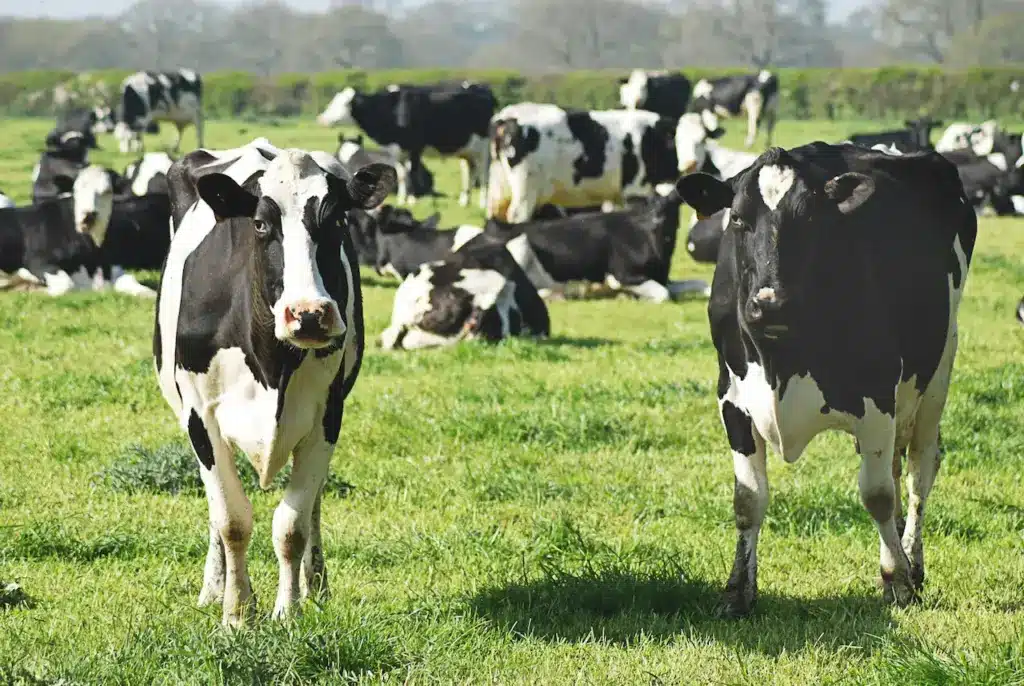
CATTLE
Cattle can freely roam and graze in the forest, much like the other creatures stated earlier. In the summer, up to 3000 cattle can be spotted in the New Forest; however, this number drops in the fall and winter. From the Friesian cow to the winter-ready Highland cattle, more than a dozen diverse varieties call this place home.
MOTHS
Of the 2,500 species found in Britain, the New Forest is home to 1,460 moths. Moths contribute significantly to the biodiversity of the New Forest and serve as a food supply for various predators, such as bats, birds, and spiders.
Eggs laid by moths develop into primarily plant-feeding caterpillars, which then pupate, before the adult emerging from the pupa, the larva forms.
Although some moths fly in the daytime, many people notice large moths at night, even if they do not know what they are.
SQUIRRELS
Another common animal in the New Forest is the squirrel, often seen darting through the woods and forests. Unfortunately, the most common sighting continues to be gray squirrels. In addition to carrying diseases that have contributed to the extinction of the red squirrel, they also steal eggs from bird nests, causing a hazard to other nearby fauna.
GOSHAWKS
One of the most elusive birds, goshawks have greatly succeeded in conservation in the New Forest.
These large hawks often return to the same nest for several years. They nest in the canopy of some of the tallest trees in the Forest. Their wings are designed specifically for softly and expertly soaring through the forest. The white feathers on their fronts with the horizontal gray stripes and the darker gray feathers on their wings and backs help to identify them.

